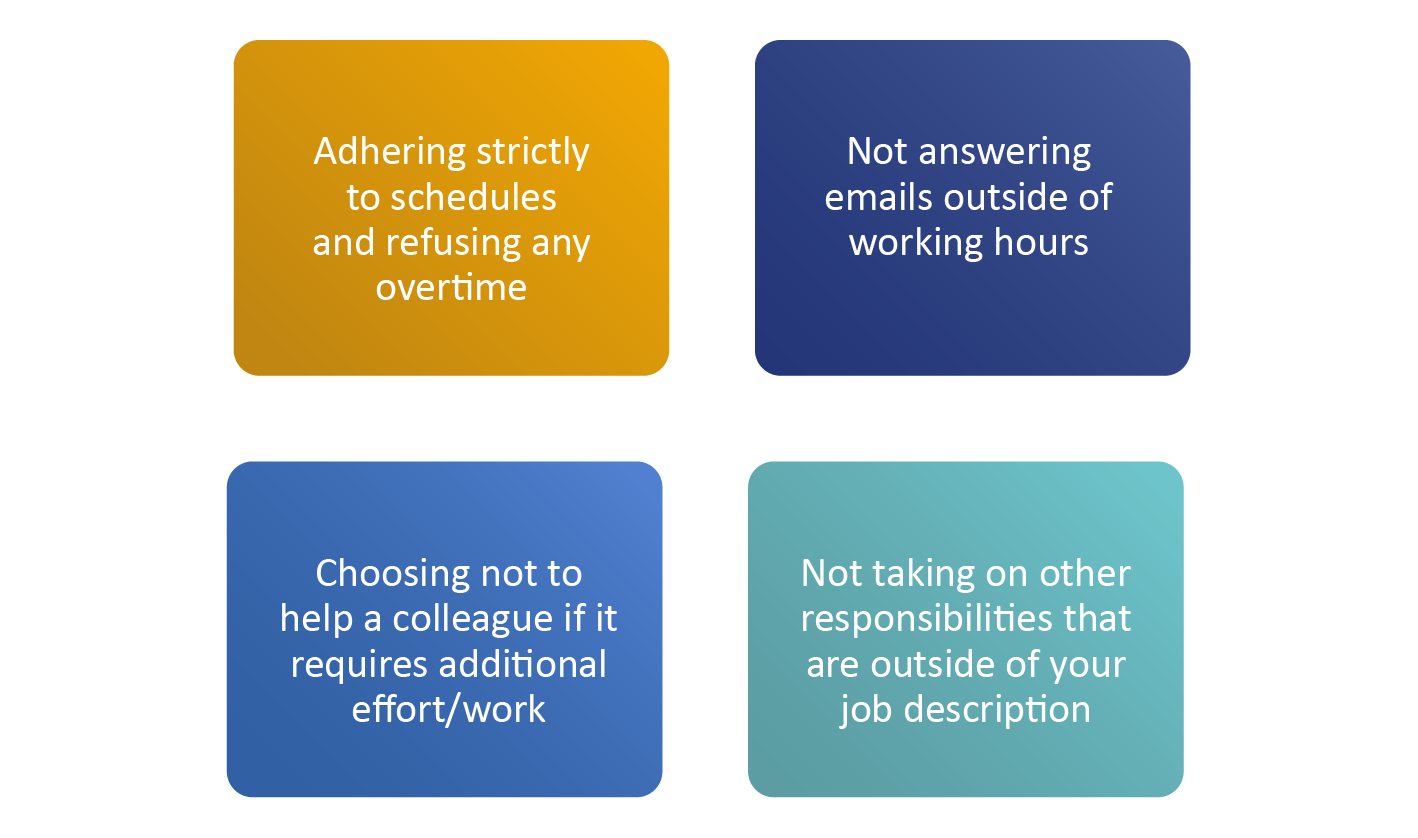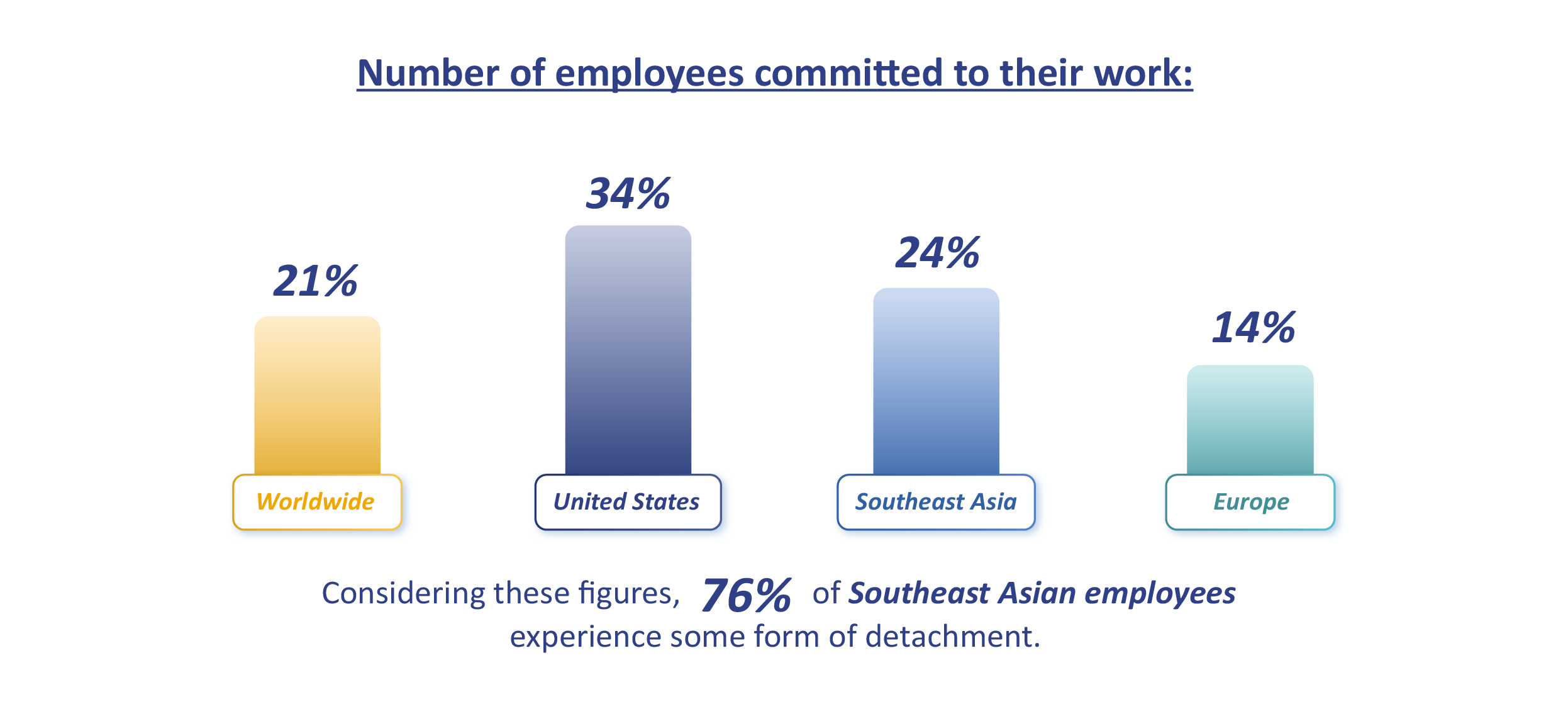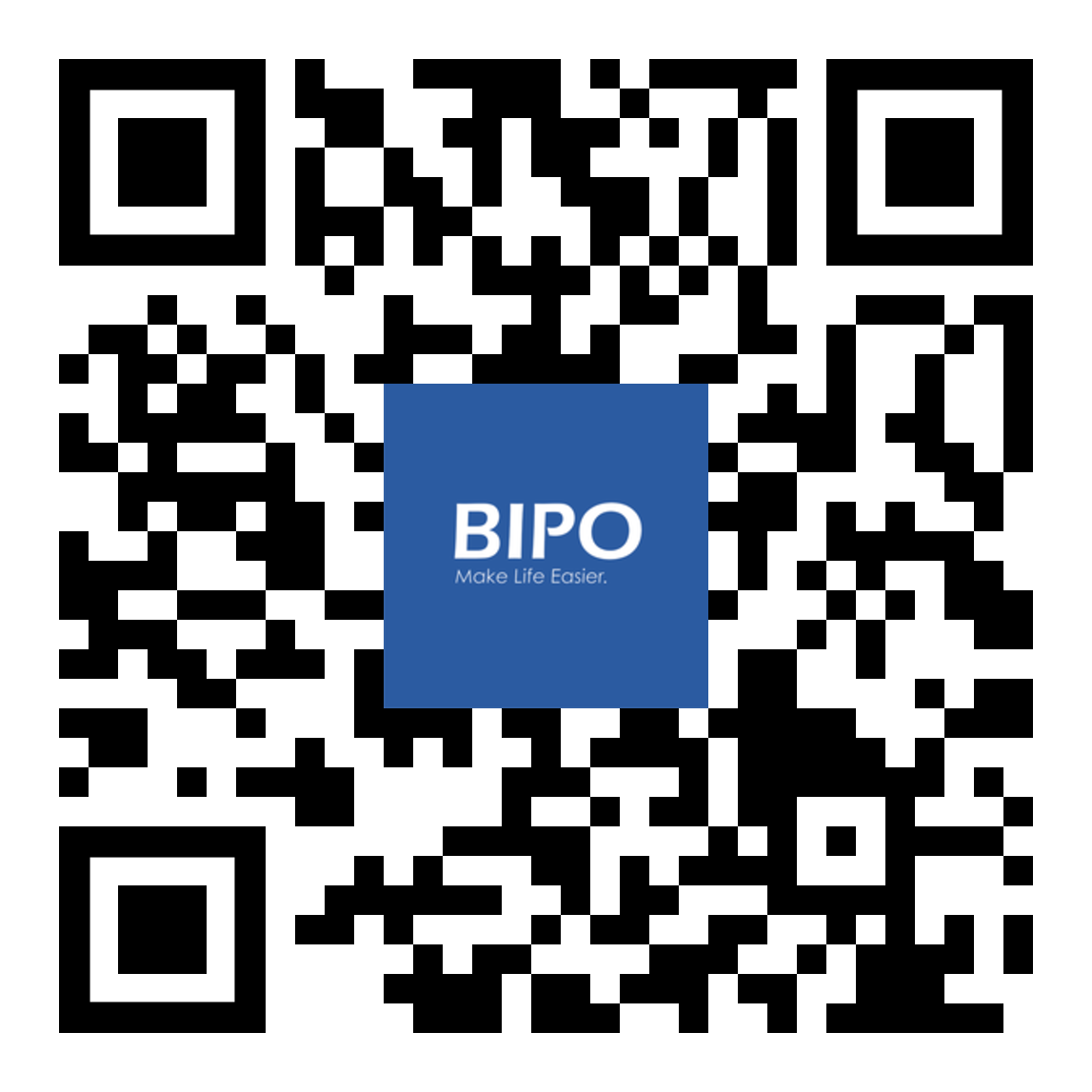What is Quiet Quitting
The hashtag #quietquitting has been visible on almost all social media networks. With millions of views on TikTok alone, quiet quitting signifies doing the bare minimum at work to put a balance between work and personal lives.
In China, the #tangping #躺平 hashtag, meaning “lying flat”, is seen as a rejection of the country’s 996 social pressures, commonly found in Chinese tech companies.
In short, quiet quitting is defined by McKinsey as “not showing up mentally or emotionally is aligned with the idea that people are doing the bare minimum”.
Generally thought to be more prevalent among Generation Z (born in 1997 – 2012), quiet quitting takes several forms:

One of the biggest concerns with quiet quitting is the disconnect between the employer and employee regarding expectations. For example, the employee does not trust the employer to reward them adequately or moderate their workload.
The Effects of Quiet Quitting

Source: Pexel
While controversial, quiet quitters are perceived to be content with the idea of “attainable achievements” and refrain from overworking.
However, quiet quitting has a far-reaching impact on the organisation – from disengagement, dissatisfaction and discontent, low workplace morale and decreased productivity, a lack of initiative or pushback from employees to a lack of teamwork. Quiet quitting can also hurt the company’s culture.

Source: Gallup
What Can Employers Do?
This establishes the need for a call-to-action; to re-engage and re-integrate these perceived quiet quitters through a combination of strategies:
1. Re-connect with the real motivation levers

Source: Pexel
What motivates employees? Often not related to titles and salaries, quiet quitters point to the lack of recognition and opportunities for development or limited free rein to propose and execute projects close to their hearts. Yet, in many instances, it may be as simple as a manager needing to be in tune with the team’s professional and personal development goals.
For business and HR leaders, knowing what success in the role looks like and, more importantly, what it means to employees is vital.
Here are some considerations:
> Does their workload seem reasonable?
> How do employees want to evolve in their roles?
> How do they want to contribute to the success of the team/company
Increasingly, employers have adopted next-gen tech tools and other innovative channels to create genuine touchpoints for employees at work and to support employee well-being. Steering from employee engagement to a “total employee experience” while consistently keeping a pulse on what employees need and listening to them is vital in supporting and connecting with quiet quitters.
2. Purpose-driven business
Start by anchoring your business strategy with a purpose and sharing ownership with employees. Ensure they understand their work’s impact, how instrumental they are to the team, and the organisation’s success.
Empower employees by demonstrating a level of trust and challenge them to take ownership, responsibility, and accountability for their business decisions.
3. Leverage individual strengths and values
Leverage the strengths and values of each employee. Then, provide them opportunities to use these strengths in their day-to-day role or collaborative team projects.
4. Self-esteem, empathy, and recognition
Share words of empathy and recognition. Provide a positive work environment where employees feel valued, confident and thrive. While Townhall sessions and pulse surveys are great, nothing beats showing employees what they mean to the organisation daily.
5. Listen to your employees
 Source: Pexel
Source: Pexel
Contrary to popular belief, employees do not set out to “quiet quit”. Neither does it happen overnight. Often, a persistent problem snowballs. While most leaders may acknowledge the problem, leaving it unresolved leads employees to lose faith in their managers and the organisation. The inability to act leads employees to take action through quiet quitting.
Listen to your employees and validate their feelings. Show care and concern by demonstrating that you have a vested interest in their growth and success and have their interests at heart. Provide a clear direction for their professional growth and clarify changes in shifting goals or expectations.
6. Maintain boundaries
Nothing is more detrimental than blurred lines where employees constantly need to be “switched on”. For example, in the early stages of the pandemic, when organisations shifted to virtual modes of communication and collaboration, many employees felt the need to respond to emails and messages 24/7, even over the weekends.
Reinforce maintaining boundaries by setting simple ground rules
- Giving employees personal days off
- Answering after-office calls or emails are optional
- Intervene when employees feel pressured by other co-workers to stay late
- Give employees who put in additional hours the option to leave early or start later
7. Eliminate bias
Eliminate ideas that an employee who does not work late or frequently works from home is not putting in the time or effort in his role. Likewise, employees who are more vocal with their feedback should not be perceived as unprofessional or difficult.
While there is a delicate balance between providing constructive feedback and being disruptive, employers must be able to make the definition and eliminate bias, as disengagement among employees will happen. The reality and the more prominent issue is how to mitigate such risks and ensure quiet quitters re-connect to stay motivated.
8. Employee recognition programs

Employee recognition strategies and programs are a significant first step in ensuring employees see the value of their contributions. In addition, employees who receive such visibility are less likely to fade into the background and feel more encouraged and engaged.
At BIPO, simple gestures such as employee care packs are regularly shared to recognise employees’ hard work and efforts, including sponsored participation at marathons and other sports events to encourage a healthy lifestyle outside work.
9. Support employee well-being
Normalise supporting employees’ mental, physical, and emotional health. Provide them with resources to seek help when needed. Where possible, assign a mentor or buddy within the organisation, so they know where to turn to for advice and support instead of pulling back and feeling isolated.
10. Identify emerging HR and workplace trends
From hybrid work, remote work, and digital nomads to workcations, employers must stay updated about new workplace trends that are constantly emerging and evolving. Provide employees with more flexibility and autonomy to build a level of trust. Doing so helps to distinguish organisations as the preferred employer of choice.
The Wrap-up

Source: Pexel
While somewhat tricky to spot and a sensitive topic to broach, warning signs include absenteeism, low morale and motivation, changes in work performance, lack of teamwork and sometimes even conflict. The idea is to address these shifts in employee behaviours sooner rather than later.
Quiet quitting is neither a fad nor a new phenomenon. It is simply the affirmation of new expectations regarding well-being at work on the part of employees. It is also the starting point for organisations and employees to engage in an open dialogue to re-establish a relationship of trust.
Sources:
https://www.gallup.com/workplace/285674/improve-employee-engagement-workplace.aspx
https://www.gallup.com/workplace/393794/europe-gets-life-right-work-wrong.aspx

































 Source: Pexel
Source: Pexel





